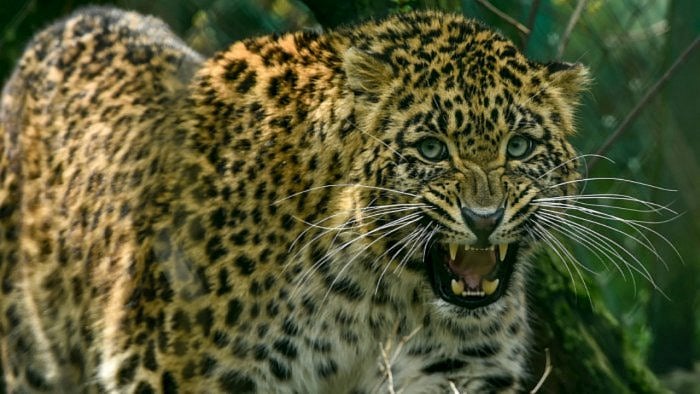
Man-leopard conflict, earlier limited to five districts, is spreading to more places due to the rampant mining and quarrying activities, wildlife biologist Sanjay Gubbi has warned, urging the government to set up a separate wing in the Forest Department to handle the situation.
Over the last two weeks, spotting of the big cats on the edge of the forest areas near Bengaluru and circulation of CCTV grabs have led to panic in the outlying areas.
Gubbi wrote to Chief Minister Basavaraj Bommai, who also holds the portfolio of the Forest and Environment Department, along with a set of recommendations by Holematthi Nature Foundation aimed at mitigating the conflict situation.
Expressing concern over the shortage of staff, the letter said the existing personnel was burdened with work and called for establishing a separate wing with necessary resources and special training to handle the matter effectively.
The Foundation estimates that there are about 2,500 leopards in Karnataka. They have been documented in 29 districts of the state. Noting that the conflict is occurring in places with habitat loss, the letter stressed the need to protect such areas.
“Over 50 per cent of the human-leopard conflict incidents occur in five districts (Ramanagara, Tumakuru, Mandya, Mysuru and Hassan). However, these days, the number of conflict incidents is on the rise in Ballari, Koppal and Kolar districts. A point to be noted is that these districts also have high levels of granite quarrying and mining, which has resulted in severe loss of leopards’ natural habitats,” it said, adding that the PWD and the Mines and Geology departments should work in coordination with and support the efforts of the Forest Department
Stating that translocation of 357 leopards in 2009-2016 and a few hundreds later has failed to reduce the conflict, he said unnecessary capture and translocation should be avoided.
Noting that leopards shift their diet to domestic animals only due to decreased natural prey, the letter red flagged an increase in the poaching of chital, sambar, four-horned antelope, barking deer, black-naped hare and jungle fowl was pushing the big cats to look for sheep, goat and other animals in the human habitats.
